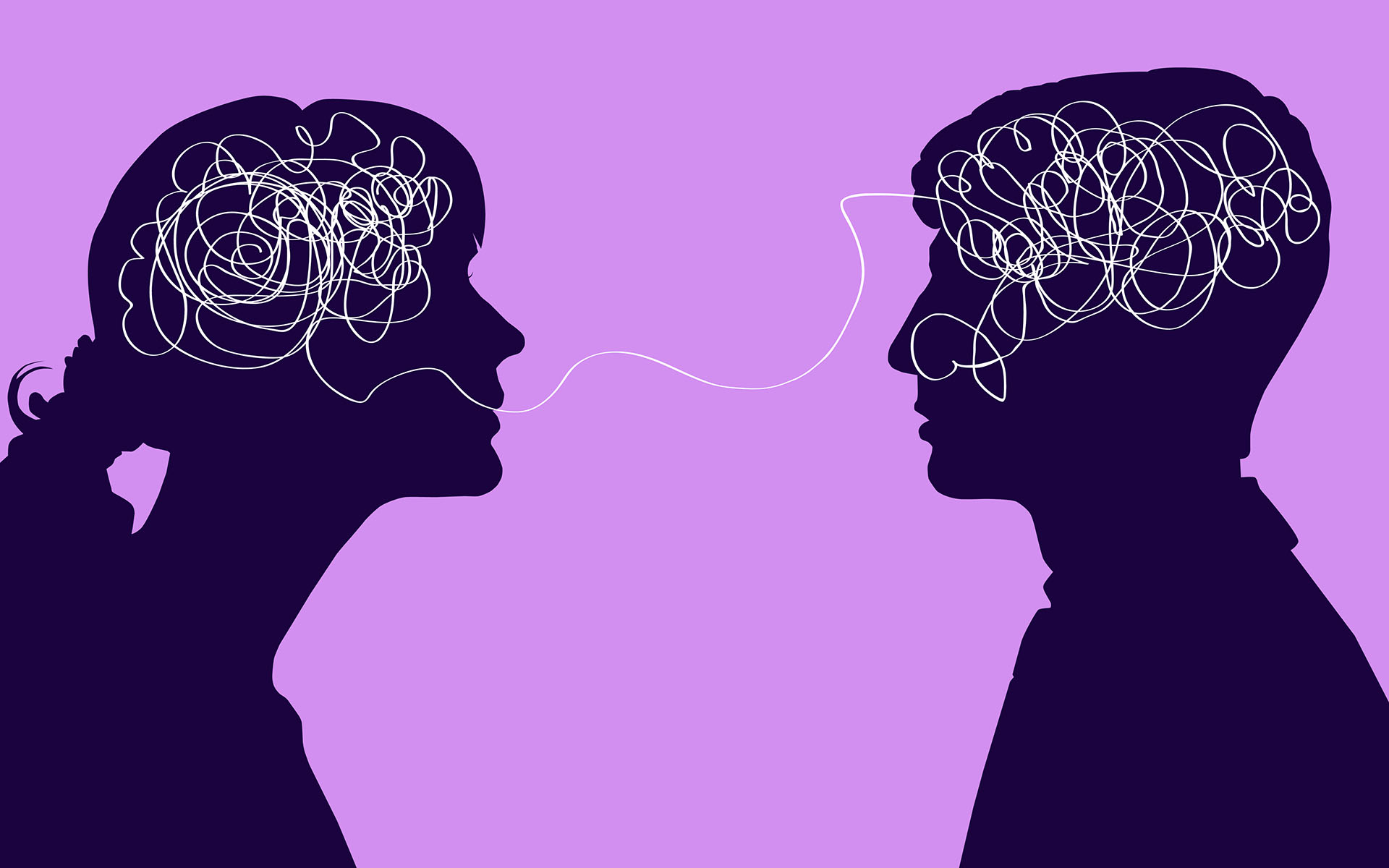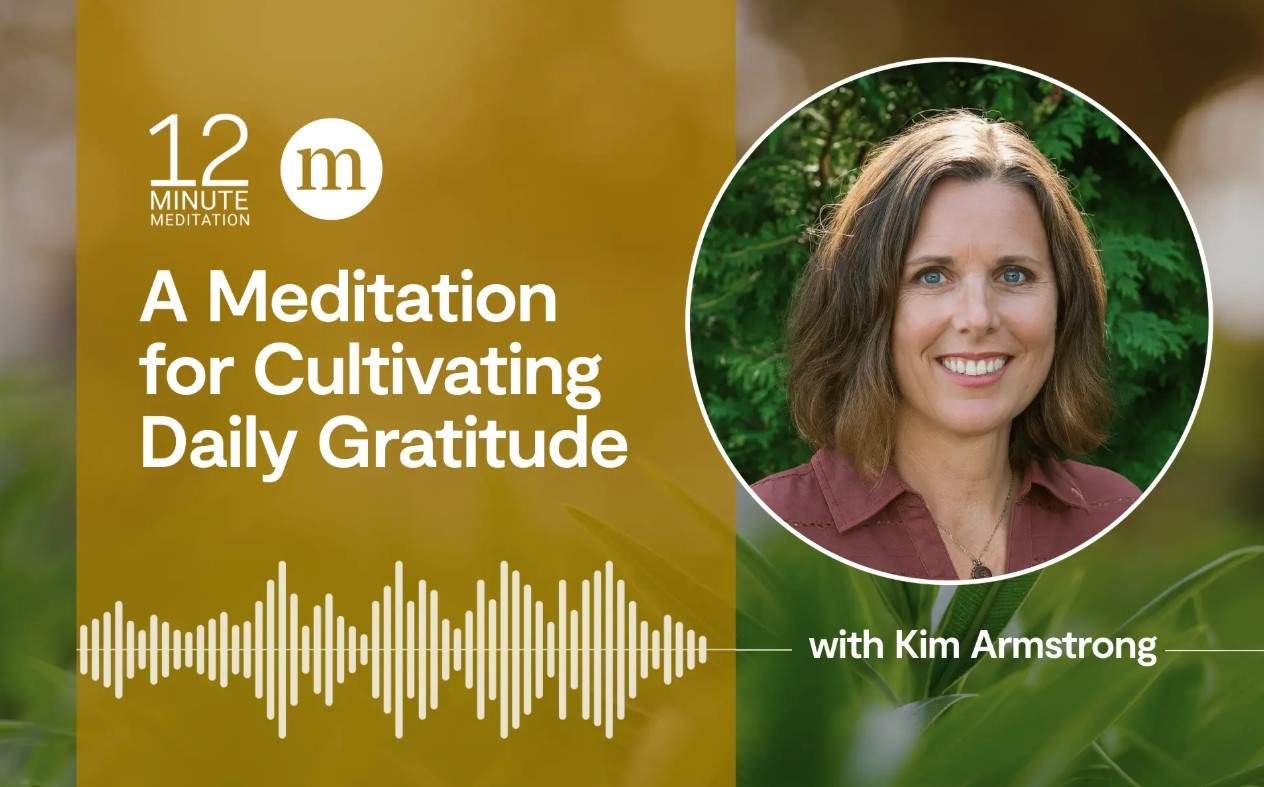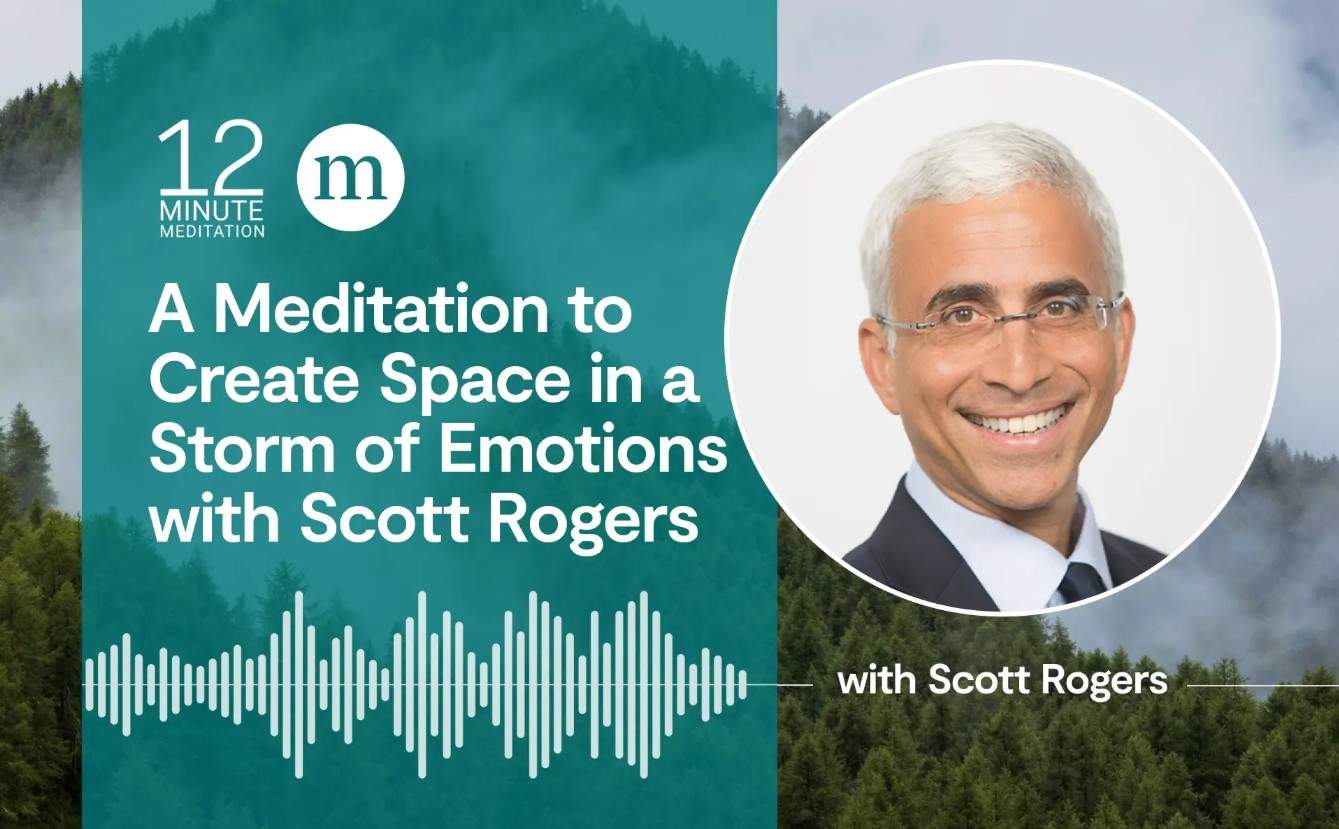One of the many reasons I ran for my town’s first City Council in 2018 was to use my mindfulness training to bridge the divisiveness in our community. Earlier in the year, a majority of residents had voted for a 13-member City Council to replace the Select Board and 240-member Representative Town Meeting form of government that had been in place since the 1930s. The residents who relentlessly pushed for change pointed out a lack of accountability with 240 people making policy decisions in their meetings that were held twice a year. Those opposed to the change were apprehensive that replacing 240 elected members with just 13 elected members would squelch local democracy and promote the interests of people with power.
I realized that my daily meditation routine wasn’t enough to prepare me for the challenging conversations that lay ahead.
Very early in the campaign, I realized that my daily meditation routine wasn’t enough to prepare me for the challenging conversations that lay ahead. I’d need to hit reset several times a day, and especially before challenging meetings, in order to ensure that my choices and actions were aligned with my intentions for the campaign.
The Mindfulness Gap Between Meditation and Life
I distinctly remember the moment I saw the gap between practicing mindfulness in my meditation practice and being mindful in my interactions. A woman came up to me after a public event and announced that she’d changed her vote for me after learning that the local PAC (political action committee) was endorsing me. I immediately launched into explanation mode, telling her that there was no monetary support, and why it was OK for me to accept this endorsement—as an immigrant who was a newbie in politics, I needed whatever endorsement and support I could get. I tried to further explain my objective decision-making process based on my background as a researcher. Yet, nothing I said changed her mind.
It was only later, when I was processing the exchange, that I realized that it had been a total #mindfulnessfail. Where was my curiosity and compassion in the middle of a difficult conversation? As soon as I was triggered by the voter’s opinion, I went into defending my position, which is a common—albeit unconscious—reaction to a perceived threat. You know the hormonal chain reaction when our brains perceive a threat to our sense of safety—whether that means our physical safety, or sense of competence, goodness, or belonging—and we go into a fight-flight-or-freeze reaction? Well, I went into a “fight” mode to convince the person that I wasn’t doing anything wrong and was acting with integrity.
It was only later, when I was processing the exchange, that I realized that it had been a total #mindfulnessfail.
Most likely we can all recognize ourselves in the above story, although, of course, we don’t have to be in politics to find ourselves thrown off-guard by someone having a problem with something we did or said, or a value that we stand for. Maybe it was during a discussion in our classroom, in a virtual meeting with colleagues, or with a family member or friend in the Wild West of social media. One moment, we felt safe; the next, it seemed a threat had appeared—in the form of a difficult conversation, maybe even one with a high-stakes outcome. How do we avoid that blood pressure-raising cycle of reactivity?
In the middle of being triggered, I didn’t see that nor disrupt my default reactions. I’m no stranger to mindfulness. I’ve been practicing for the past fifteen years and have been trained to teach mindfulness by some of the best teachers and institutes in the USA. Yet, what I teach other people to do—be mindful when triggered—I had failed to do.
A Practice to Return to Again and Again
That’s why mindfulness is a practice. We start again when we fail. I saw my mindfulness failure with self-compassion—this was a new situation for me, and my new identity as a political figure had not fully integrated mindfulness. You could say that the self that’s meditating in the morning is different from the self out in the world. As a result of this contemplation, I reached out to the woman and other residents I thought might have similar opinions to hers in order to meet with them to understand their concerns, this time with an open mind and heart. I ended up having a series of deep conversations with people with opposing perspectives, and we mostly came to a place of shared vision and understanding by the end of each conversation.
I saw my mindfulness failure with self-compassion—this was a new situation for me and my new identity as a political figure had not fully integrated mindfulness.
I won that election by the largest number of votes and I attribute that success to a large extent—beyond the networks of people supporting me—to my mindfulness practice. Two particular aspects of my practice that helped:
- In addition to daily meditations, it was important to reset my default mind again and again in order to stay aligned with my intention of showing up mindfully.
- Being mindful in my interactions meant more than simple awareness. At different times, I had to infuse my awareness with different mindfulness qualities including compassion, curiosity, focus, and equanimity.
How to Reset: Refresh, Disrupt, and Act
The Reset practice is the process I use most often to integrate mindfulness in my life. This practice can remind us to stop the momentum of our default thinking by creating a little space to align with our intentions and let go of what’s not serving us—stress, distractions, defenses, and attachments to how we would prefer things to be. We can then see more possibilities than the default choices and choose our actions to correspond with what we wish to bring to the world.
We can start our day with a Reset to align with our intentions for the day, with respect to our lives in general or our relationships, projects, and our communities. Intentions provide an orientation for how we want to live our lives and a foundation for the goals we want to accomplish. We can then reset throughout the day and especially before important meetings and projects to make choices in alignment with our intentions. For example, I recently used the Reset practice in a contentious meeting. In the middle of our Zoom meeting, listening to unhappy residents complaining and blaming us—the leadership team—for not acting on their suggestions, I could feel my body tightening and my mind resisting what some of them were saying. Time for a Reset.
I took a few breaths to refresh my mind and body. Checking in with my intentions for the meeting, which included deep listening in service of residents most affected by our policies, I could shift my focus from “me” to the people we’re elected to serve. My body immediately softened, and I could give my full attention to the people speaking—seeing their suffering, as well as their commitment to creating an equitable society. This kind of listening and seeing changed the trajectory of my inner experience and outward expression, with more productive outcomes.
A 12-Minute Guided Meditation to Reset and Refresh
A 12-Minute Guided Meditation to Reset
Refresh
Purpose: Refresh the mind to see clearly.
Starting Question: What do I need to rest my mind?
Based on how you’re feeling, you may choose a mindfulness practice, physical exercise, or sensory experience to refresh the mind.
The first step is to stop what you’re doing and check in to see what you need to refresh the mind. We can choose anything that rests the thinking mind and engages the senses. An easy practice you can do anywhere, like in the middle of a meeting or standing in a grocery line, is to rest the mind on the sensations of breathing. You can choose other activities like a body scan, jumping jacks, sipping coffee to taste the flavors, or anything else that gives your mind a break from thinking. You can do a longer meditation if you have time, but even a few moments to create spaciousness in your mind and body prepares you to clearly see your experience—thoughts, sensations, feelings, and habits of the mind.
Transition Question: What am I noticing about my experience?
Make a gentle note of your experience—body sensations, feelings, thoughts, and habits of the mind.
Disrupt
Purpose: Disrupt default thinking by realigning with intentions and letting go of what’s not helpful.
Starting Question: What are my intentions?
Disrupt our habits of the mind with a reminder of our intentions.
Once the mind is settled and you’ve tuned into your experience, you can disrupt your default tendencies to act on autopilot by aligning with your intentions and letting go of default thinking and behaviors that aren’t helpful. This step is essential to look into the assumptions and beliefs that keep you stuck. We’re able to let go naturally when we gain insight into how our minds work and which attachments are not serving us—attachments to harmful habits, specific outcomes, and our ways of doing things.
Transition Question: What are my defaults that aren’t helpful in this situation?
Gently noting your default attachments to harmful habits, specific outcomes, and your ways of doing things can weaken their grip and help you understand the causes and assumptions related to your behaviors.
Act
Purpose: See possibilities and take action that are aligned with your intentions.
Starting Question: What possibilities and choices are available to me?
Once you see that your autopilot reactions aren’t helpful, open up to other possibilities aligned with your intentions.
Once you’re clear about your intentions and what’s not helpful, it’s easier to open up to possibilities and assess long-term consequences. You can then choose the actions—thoughts, speech, and behaviors— that are most aligned with your intentions. Even if you’re not clear what actions you can take to resolve a current challenge, you can approach the situation with curiosity and kindness that will lead toward finding solutions in the future.
Transition Question: What action can I commit to that’s aligned with my intentions?
Commit to taking one small step in the right direction and it will create the motivation and momentum for greater change. End your day with a gentle reflection of your day and gratitude for the small steps you took to live mindfully. If you failed to be mindful in some ways, no worries: Offer yourself kindness, and start again tomorrow.
read more
How to Feel Present, and Stay Present
When your schedule (and your mind) never seem to rest, here are three simple ways to feel more present in everyday life that don’t take much time.
Read More
Formal vs. Informal Mindfulness: 2 Ways to Practice
In this 2-minute video, meditation teacher Christiane Wolf explains what “formal” and “informal” mean when it comes to mindfulness.
Read More
Tune In to Your Body With This 10-Minute Body Scan Meditation
Explore this guided practice to calm your mind, notice sensations in the body, and bring awareness to the present moment.
Read More









